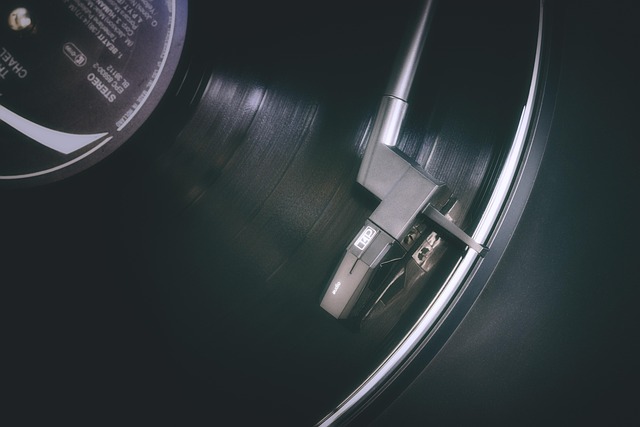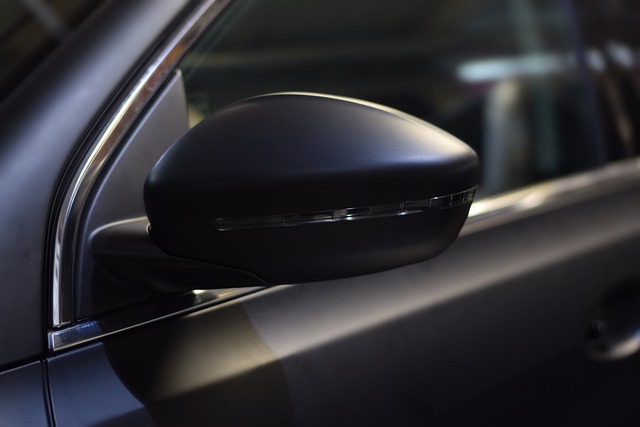Avoiding Common Vinyl Wrapping Pitfalls: Essential Tips for a Flawless Finish
Vinyl wrapping is an increasingly popular way to personalize vehicles, furniture, and various surfaces. However, many enthusiasts encounter vinyl wrapping pitfalls that can lead to unsatisfactory results. Whether you’re a DIYer or a professional, avoiding these common mistakes is crucial for achieving a flawless finish while saving time and money. In this article, we will explore key tips to help you sidestep these pitfalls and ensure a successful vinyl wrapping project.
1. Skipping Surface Preparation
One of the most critical steps in the vinyl wrapping process is preparing the surface. Neglecting this step can lead to poor adhesion and an uneven finish. Here’s how to prepare effectively:
- Clean Thoroughly: Wash the surface with soap and water, then use isopropyl alcohol to remove any grease, wax, or residue.
- Dry Completely: Ensure that the surface is completely dry before applying the vinyl.
- Inspect for Imperfections: Check for scratches, dents, or rust. Repair any damage to ensure a smooth application.
2. Using Poor Quality Vinyl
Choosing the right vinyl is essential for a long-lasting wrap. Low-quality vinyl can fade, peel, or crack over time. Here’s what to consider:
- Research Brands: Opt for reputable brands known for their durability and ease of application.
- Check Thickness: Thicker vinyl tends to be easier to work with and more resistant to damage.
- Read Reviews: Look for user feedback on specific vinyl products before making a purchase.
3. Ignoring Temperature Conditions
Temperature plays a significant role in the vinyl wrapping process. Applying vinyl in unsuitable conditions can lead to stretching, shrinking, or bubbles. To avoid this pitfall:
- Check the Weather: Ideal temperatures for applying vinyl are usually between 60°F and 80°F (15°C and 27°C).
- Avoid Direct Sunlight: If possible, work in a shaded area or indoors to prevent heat from affecting the vinyl.
4. Rushing the Application Process
Vinyl wrapping requires patience and precision. Rushing through the application can lead to mistakes. Here are some tips to ensure a careful application:
- Take Your Time: Plan your work and allocate enough time for each step of the process.
- Use Tools Properly: Utilize tools like squeegees and heat guns effectively to avoid bubbles and wrinkles.
- Work in Sections: If wrapping a large surface, break it down into manageable sections to maintain control.
5. Neglecting Post-Application Care
After the vinyl wrap is applied, proper care is essential to ensure longevity. Neglecting this step can lead to premature wear and tear. Follow these guidelines:
- Avoid Washing Immediately: Wait at least 48 hours before washing to allow the vinyl to adhere properly.
- Use Gentle Cleaning Products: Opt for pH-neutral car washes and avoid harsh chemicals that can damage the vinyl.
- Regular Inspections: Periodically check for any lifting edges or damage and address them promptly.
6. Failing to Seek Help When Needed
Many individuals attempt vinyl wrapping without seeking advice or assistance, which can lead to mistakes. If you’re feeling overwhelmed:
- Consult Online Resources: Utilize tutorials, videos, and forums to gather insights from experienced wrappers.
- Consider Professional Help: If the project seems too daunting, don’t hesitate to hire a professional to ensure a perfect finish.
Conclusion
Avoiding vinyl wrapping pitfalls is key to achieving a professional-looking result. By preparing the surface properly, selecting quality materials, being mindful of temperature, taking your time during application, caring for the wrap post-application, and seeking help when needed, you can enhance your chances of success. With these essential tips, you’ll be well on your way to a flawless vinyl wrapping project that adds both style and protection to your surfaces.





